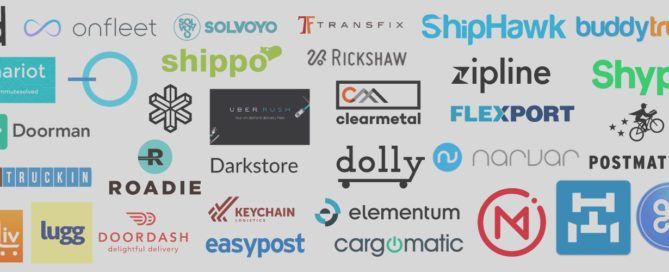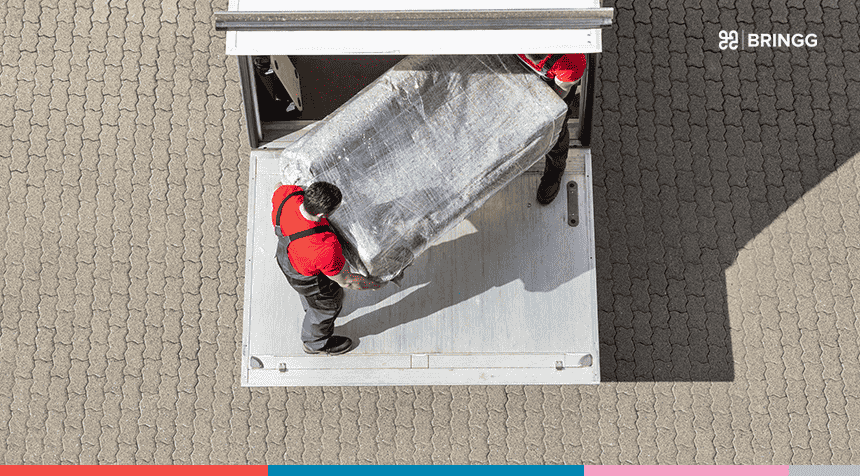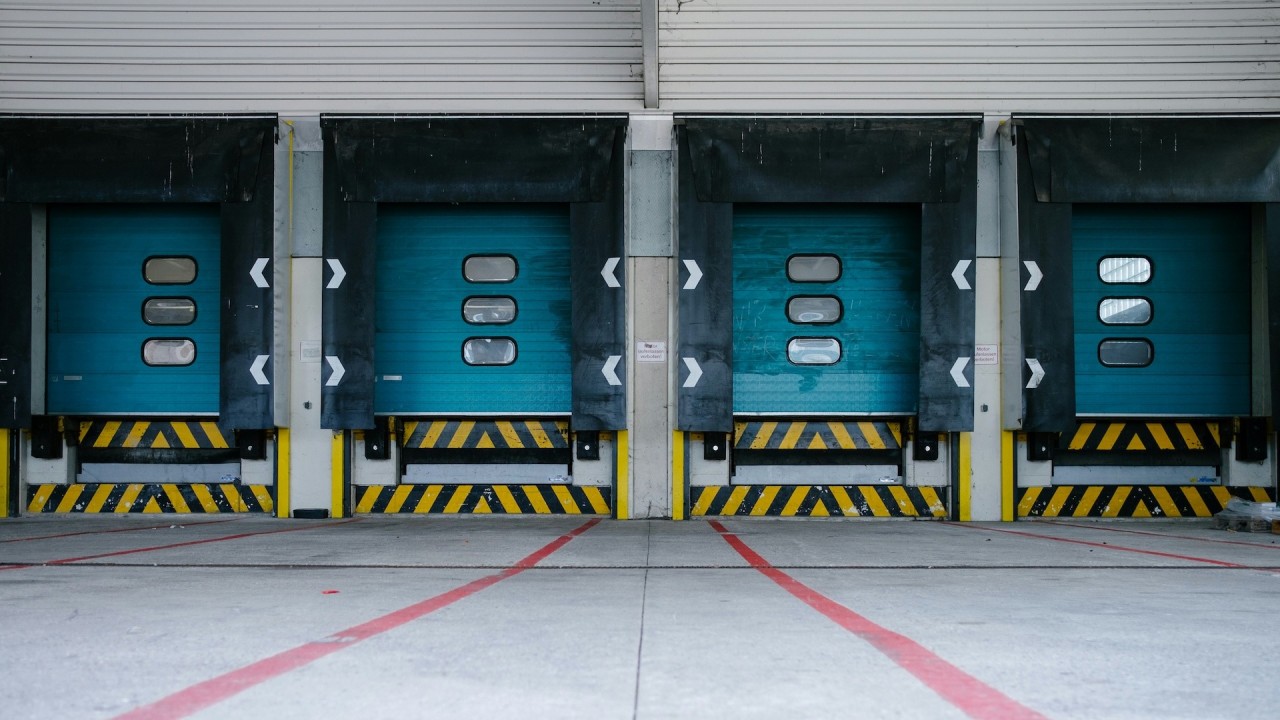The dot com bubble burst in the early 2000s was nearly a death blow for online retail. The fall of pets.com, which became the poster child for the downfall of tech, proved that at the time the technological capabilities and infrastructure available at that time were not capable of handling online retail in the way it was envisioned.
Technology was not the only thing that kept online retail from reaching the potential that investors had envisioned – an incorrect assessment that made hi-tech startups of the time soar in value, even though none of them were profitable. Consumers at the time weren’t fully comfortable giving their credit card information over the computer; it was just something they weren’t used to yet.
Additionally, the logistical planning involved in running an eCommerce business had not fully been established. We now know that inventory planning, warehouse management, last mile logistics management, fleet management and tracking, route optimization, and providing full visibility to end-consumers are all things that are needed to make a supply chain work. Back then, businesses just didn’t understand this.
For these reasons and more, eCommerce was close to being dead on arrival in the late 90s and early 2000s.
Here’s a list of the online retail businesses that went bust in the early 2000s:
- Boo.com – Lost $135 million over a 2 year period
- Webvan – Went from a company valued at over $1 billion to bust within 2 years
- eToys.com – Went bankrupt 2 years after going public
- Pets.com – Burned through $300 million
These are just a few examples, there were many more.
However, there were a few online retail businesses that did survive, one has now become a behemoth – Amazon.
Of the few businesses that emerged from the ashes of the bubble burst was Amazon, who went on to dominate the online retail market. In many ways, Amazon is the first-mover in nearly all innovation when it comes to online retail and logistics involved in it.
The current state of online retail logistics is one of immense and rapid growth coupled with technological requirements that many businesses have not fully embraced. While the likelihood of dot com bust of the magnitude we saw in the early 2000s is unlikely, it is incumbent on businesses that deliver, especially those that are either online retail stores themselves, or the third parties that deliver for them, to embrace the kind of technology and operational overhaul needed to remain relevant in a constantly changing environment.



